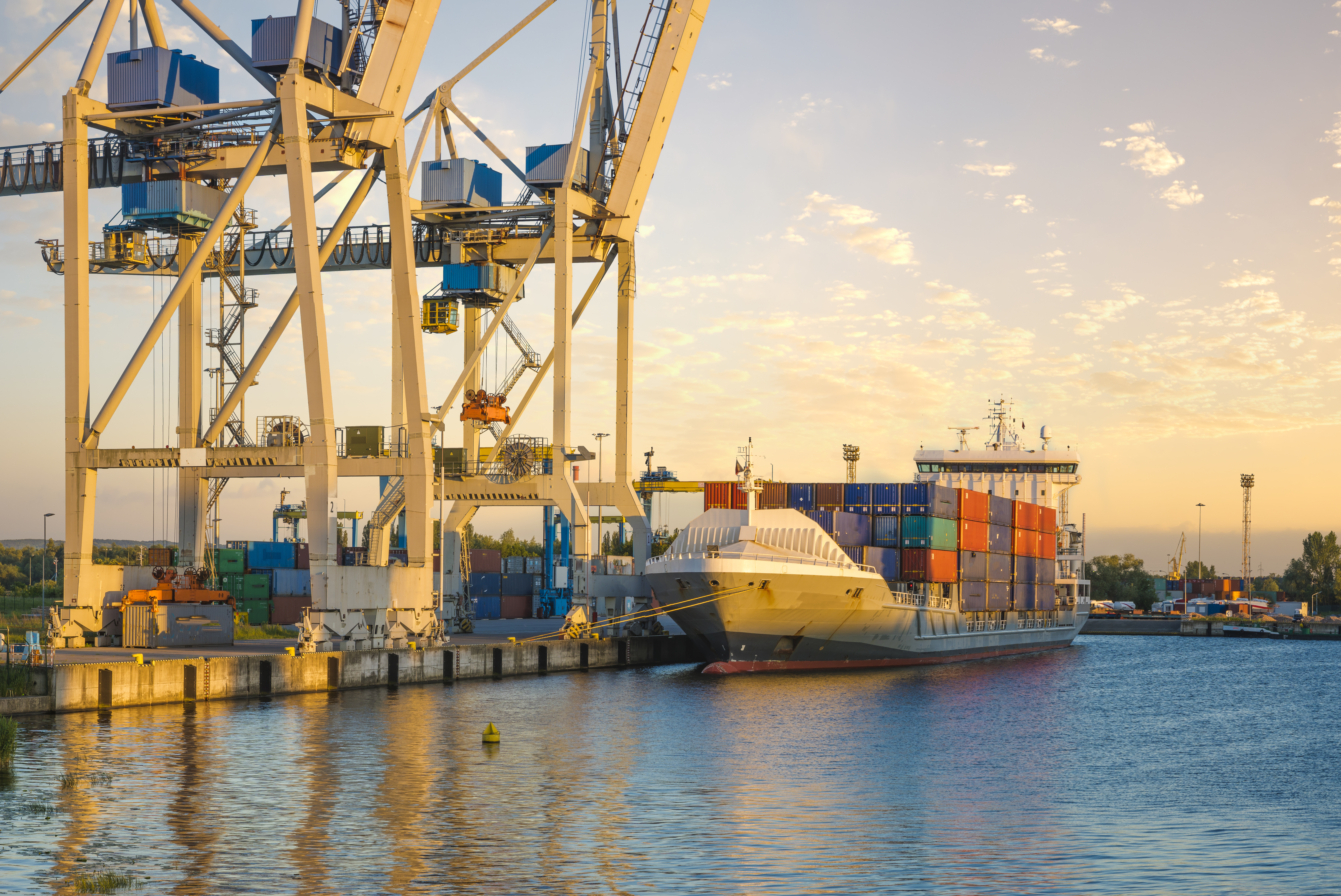Tackling Job Creation; Latin America
Tackling Job Creation; Latin America
It may not be sexy or capture headlines, but steady and sustained engagement of the parties based on a hard-nosed analysis of mutual interests will, in the end, prove to be the most effective method for securing the democratic, economically developed hemisphere that leaders envisioned a decade ago.
When first envisioned during the 1994 Summit of the Americas in Miami, the 2005 summit was intended to be a capstone to celebrate the Free Trade Area of the Americas and an opportunity to chart a course for future hemispheric cooperation, integration and mutual engagement. Much has happened since the first summit, the result being that at the just-completed gathering of hemispheric leaders in Mar del Plata, Argentina, significant differences led to ''frank discussions'' about the future vision for the hemisphere. The free-trade area will not occur this year, and there is some question whether it ever will.
But before we pronounce last rites on the hemispheric agenda, it's worth taking a step back, beyond the political posturing and self-interested rhetoric of the usual commentators - most of whom were not at the summit - to take stock of where we truly are and where we go from here.
President Bush traveled to Argentina to discuss the primary topic on the agenda: job creation in the hemisphere. It is a matter of the highest importance. People must have hope based on the belief that they can deliver a better life for their children and that each person has a personal economic future in a democratic society. Without enhanced creation of good jobs, people's lives cannot improve, Latin America's huge wealth gap will not narrow and democracy will continue to be undermined by the siren call of populism as people increasingly question its ability to deliver benefits.
Trade expansion
But it's not enough for regional leaders to wish for job creation. Rather, governments must take active steps to create a framework within which jobs can be created. It is hard work, and, globally, Latin America lags far behind.
Trade expansion is one of the best tools available to draw direct foreign investment leading to the creation of good jobs, but it is only effective at the margins of economies. Of equal, if not more, importance are steps to improve social mobility through broad-based education, enhanced political and economic predictability, increased labor mobility and transparent rules of the game.
With this in mind, there is a path ahead. After all, despite foreknowledge that the summit would be difficult, all the parties showed up in Mar del Plata, an important signal that the hemisphere continues to see value in meeting together.
As well, 29 of the 34 leaders expressed support for moving the free-trade area forward by jump- starting negotiations. Meanwhile, the United States and Brazil separately indicated a strong desire to collaborate in the Hong Kong WTO meetings next month to resolve the global agriculture impasse with the European Union and Japan. Even without a formal agreement, as I spoke to many of the private-sector summit participants it became abundantly clear that regional trade and investment is already happening and will only grow in the future - the private sector is showing the way.
And sector-specific areas such as energy, technology and infrastructure are ripe for further investigation and collaboration.
More broadly, leaders such as Chile's Ricardo Lagos and Mexico's Vicente Fox, among others, understand that they are competing in a global environment and that a continuation of the reform agenda and a focus on competitiveness are necessary for success in the face of competition from Asia and Eastern Europe.
Hard work, spiritedness
Although the demonstrations in Mar del Plata may color regional impressions in the eyes of the casual observer, that doesn't change the wisdom of engaging with those who seek to develop their economies through hard work, public spiritedness and a focus on quantifiable results.
It may not be sexy or capture headlines, but steady and sustained engagement of the parties based on a hard-nosed analysis of mutual interests will, in the end, prove to be the most effective method for securing the democratic, economically developed hemisphere that leaders envisioned a decade ago. Like most things worth having, it's just going to take a bit longer than we originally thought.
Susan Segal, president and CEO of the Council of the Americas, participated in the Summit of the Americas in Mar del Plata and the private-sector forum that preceded it.







